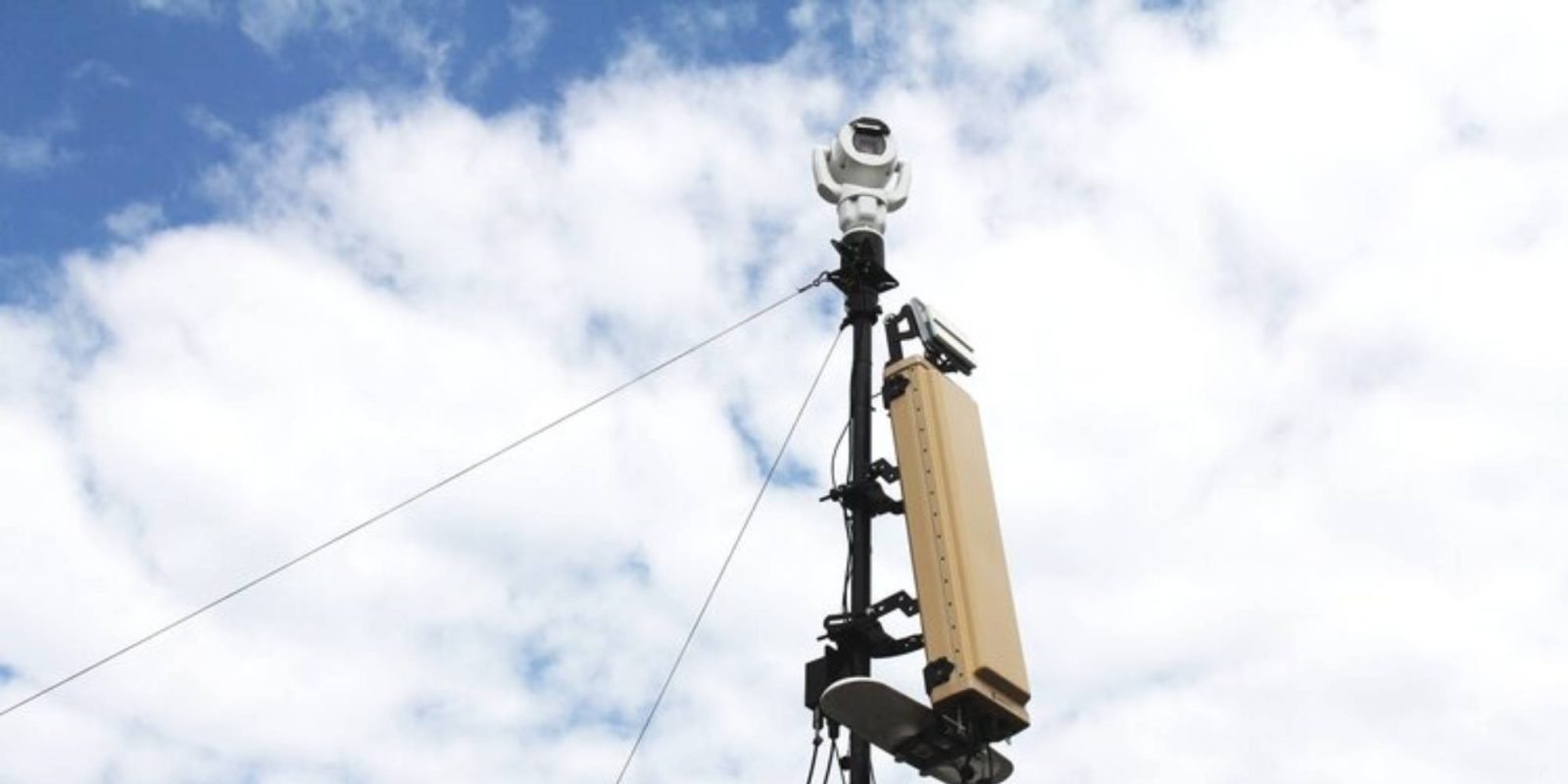
The increasing number of aircraft operating aloft carries a correspondingly higher risk of crashes – especially when navigation systems encounter problems. One company is now offering small, affordable backup tech that can help drones that lose GPS feeds understand where they are, and continue flying safely on.
Israeli company Asio Technologies is making its NavGuard unit available to the expanding businesses operating uncrewed aerial vehicle (UAV) services. Originally developed for military craft denied global navigational satellite system guidance (GNSS), the application is now being extended for use on enterprise drones that lose GPS feeds and would otherwise have to fly on blind. Simply put, the tech jumps into the communications void and uses the drone’s own video camera to analyze footage being taken. That is then autonomously compared to previously loaded image maps of planned overflight terrain to determine where the craft is, and allow it to continue on its intended way.
The credit card-size hardware is an alternative to the larger, much more expensive inertial navigation systems that use sensors and computers to ascertain location of bigger craft denied satellite contact. NavGuard figures out where it is as an addition to the drone’s own hardware, and works to keep it moving in the right direction until communications with external signals have been reestablished.
The move from military toward enterprise drone services was a natural step for Asio, CEO David Harel tells the Jewish News Syndicate site. All the company had to do was look around at the skyrocketing number of UAVs and types of missions they fly to understand the inevitability of expanding to businesses.
“We very quickly learned that civilian market is our main market,” said Harel. “There are much larger quantities of drones here. The need is real, and the market is endless. We are just at this stage where we are breaking through to it.”
NavGuard uses drone cameras to backup navigation tech deprived of GPS data
Harel says the scenarios of NavGuard becoming a vital backup addition to drone navigation systems losing GPS links will continue to multiply as traffic thickens, and starts to drain available communication capacities.
“The problem will be too many drones in the air, and many of the services will begin flying in overpopulated areas” said Harel – with a reminder that in the event of accidents, operators will be liable for injury or damage. “In the past, civilian drone use was mainly limited to agricultural and more remote areas. Now they are being sent to homes. Safety has become critical.”
He says various national authorities will also increasingly want drones to be equipped with navigational backup systems to pick up downed GPS or other satellite-based feeds. With UAV increasingly being used for destructive or violent means by various enemy organizations, Harel notes, officials will want to be sure people up to no good in urban settings won’t be able to use jamming and other navigation interference to cause large numbers of drones flying blind at once.
“Those who don’t have this kind of system are also exposed to crashes caused by cyber-attacks,” he says. “This is a comprehensive solution to the problem of navigating independently of GNSS. It gives a high degree of mission certainty, even when there is a GNSS signal problem.”
FTC: We use income earning auto affiliate links. More.



Comments